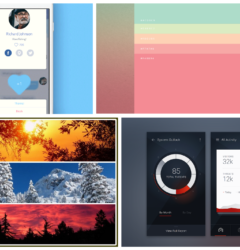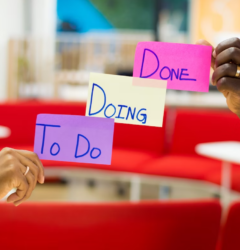Understanding Object Oriented UX: Interview with Sophia V Prater
19 Dec
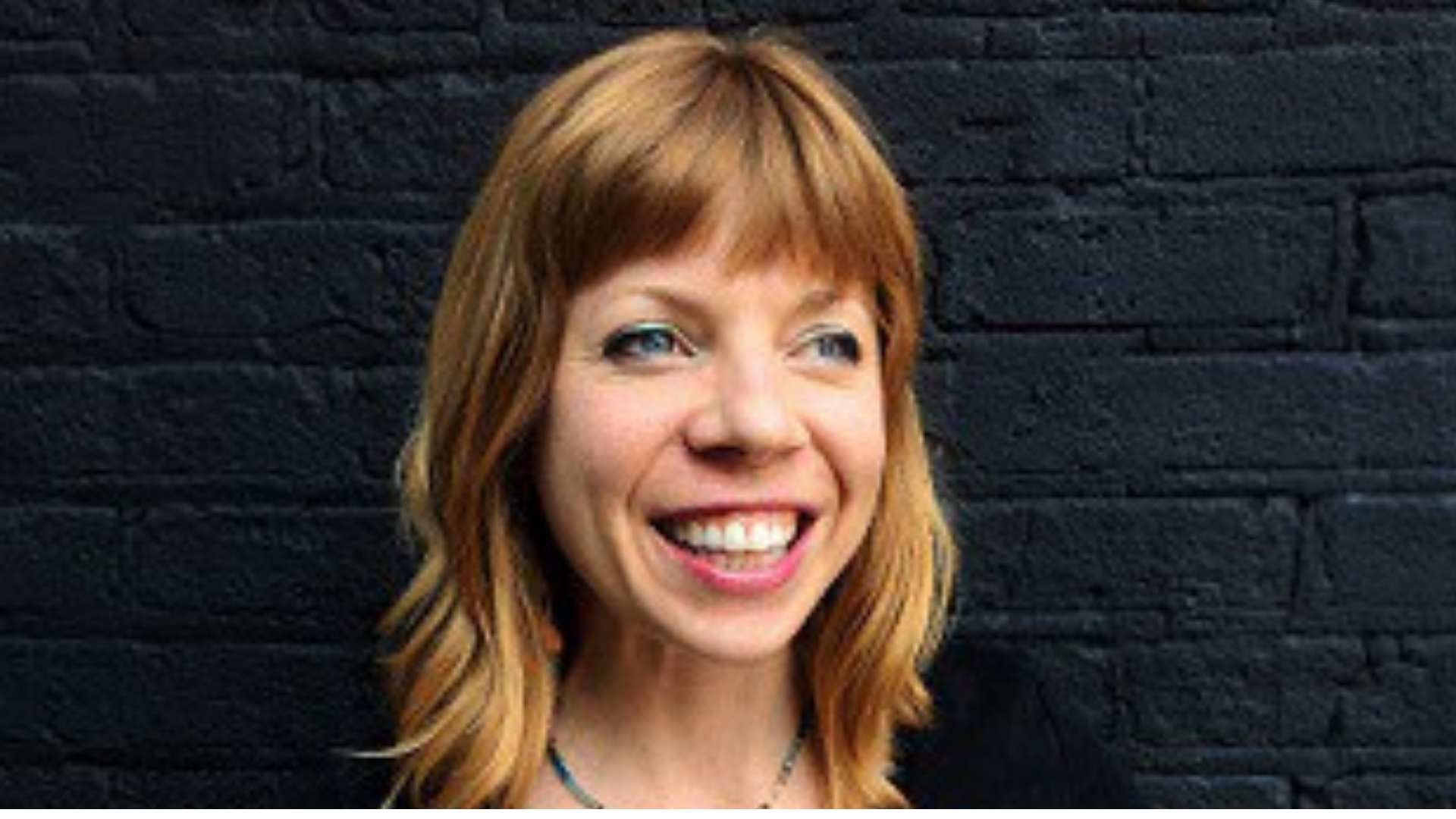
Table of Contents
ToggleSophia Voychehovski Prater runs ReWired UX, a studio in Atlanta, Georgia. She has worked with clients like AT&T, The Atlanta History Center, Coca-Cola, Athena Health, and worked in-house with CNN Digital.
When she’s not consulting for clients, Sophia writes, speaks, and runs coaching workshops about Object-Oriented User Experience (OOUX). What is object-oriented user experience, you ask?
We had the same question and talked to Sophia about this, so read on. We also asked her how she runs a one-woman studio, what kind of projects she likes to work on, and what are her go-to tools for collaboration. Collaboration, we imagine, is a very different proposition when you’re just a team of one, but have to coordinate with various clients and the occasional extra team member(s), as Sophia does. Here’s what she had to say about her work and OOUX.
Can you please tell us a little about yourself and Rewired?
Sophia: “Rewired was my third, yes third, an attempt at going independent. I had a pattern: work as a UX designer at an agency for a year, get frustrated with the lack of UX understanding and haphazard processes, quit and switch to another agency, get frustrated again, and finally quit to “do it on my own.” Then I would spend 2 months floundering in my pajamas, working from the hours of 11 am to 2 am. I’d start to get some momentum with clients right before running out of money. So, then I’d go back to work at another agency or big company. I did this three times before I was able to make it work on my own. I suppose I had to get to a point where my network and my self-discipline were mature enough. I started Rewired in January of 2014 and now, almost 4 years later, I can safely say I’ve designed the perfect workplace — at least for me!”
What kind of projects do you typically undertake for clients?
Sophia: “100% of my projects are geared toward helping my clients infuse their process or product with OOUX. My clients come to me for this special kind of UX — either to teach their team, to rework a design or both. We also do full UX-design-build CMS content sites.
One of my long-time clients is an amazing education technology company and I’ve really grown to love working in this space. I love working in EdTech because it’s so underserved as far as design and innovation are concerned. The technology tools that teachers and students are using are notoriously terrible. So, working with a company that values design and UX is incredibly rewarding.”
What is your primary source of client acquisition and what kind of clients do you generally work with?
Sophia: “Most of my clients hear about me through my OOUX work. Maybe a CTO hears me speak at a conference or a designer reads an article. Perhaps, a little word of mouth.
Really, OOUX is the channel that brings me work. Once a digital product or marketing person starts learning about how object-based thinking can help them build better products; they get hooked and want more!”
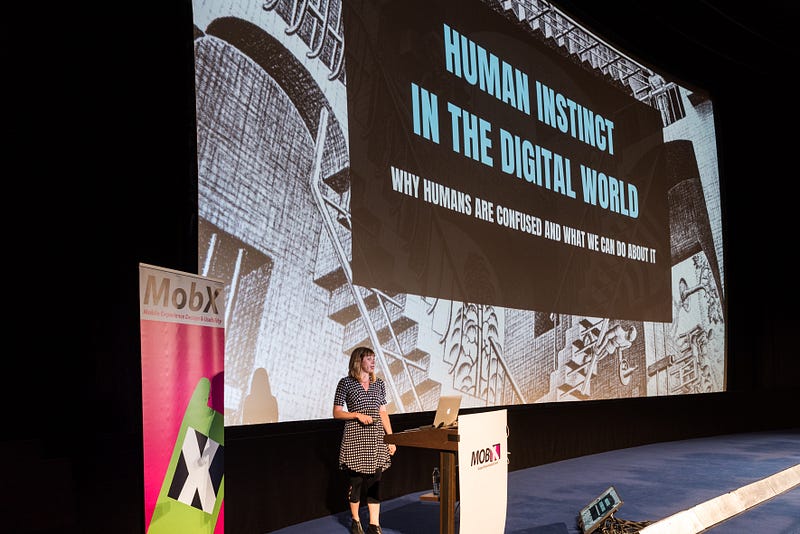
“I also work with some great Atlanta agencies that understand and appreciate how I work. They bring me on for projects that they see especially suited for OOUX.”
You are a big proponent of Object-Oriented UX. Can you tell us more about this?
Sophia: “Of course! OOUX is all about defining the types of objects in the problem domain you are solving for — before sketching, before wireframing, and definitely before interaction design. When users enter a digital environment you designed, you’ll want them to easily be able to answer the simple questions: “What are the things here? Where are the objects? How do they relate to each other? How do they relate to me?”
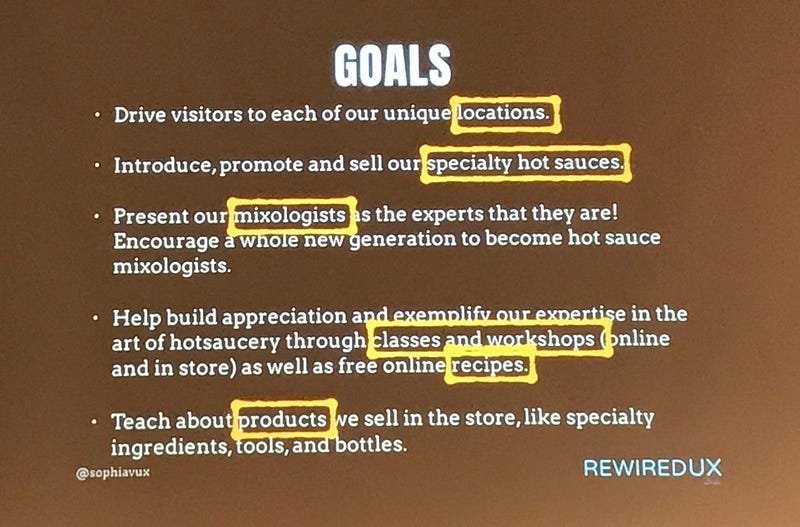
“These are the first things humans want to know on entering any environment, digital or physical. Imagine the confusion of entering a room and losing the ability to decipher or place objects. Unfortunately, web designers often create websites and apps that do not readily elicit the objects they contain. The objects are fuzzy and they shape-shift from page to page. OOUX helps designers create clear, consistent, and usable objects…which results in naturally intuitive environments. It’s pretty freaking cool.”
Any products that you think are a good example of showcasing the principles of Object-Oriented UX?
Sophia: “Kickstarter does a pretty good job. Projects, people, and articles are distinct and recognizable, while also interconnected. Twitter also keeps tweets, people, moments, lists, and notifications consistent and linked. Notifications nest the original tweet and the person who took the action that triggered the notification. But I still think that Twitter could do a better job when it comes to threads. Something I find it difficult to find the read the chronology of threaded tweets and who is replying to who. Those little blue lines and the “replying” labels are valiant attempts at showing the relationships between the tweets, but this could be more visually intuitive.”
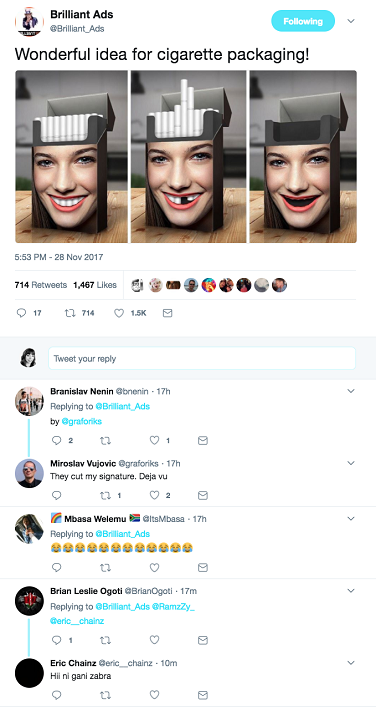
Can these concepts be applied to products at the enterprise level as well, like JIRA et al?
Sophia: “Most definitely. The more complex the environment, the more OOUX brings clarity. I’ve helped companies apply OOUX thinking to human resources software, electronic healthcare records, and robust ed-tech tools. Defining your objects and prioritizing consistency is especially helpful for companies that build suites of products. If your customer has learned product A, they should experience less of a learning curve with product B. Objects should be recognizable and familiar across a product family, even though users might be able to view and act on those objects differently.”
You also integrate OOUX into client workshops. What are some of the things that you cover during these sessions?
Sophia: “All my training is customized for the team I am teaching. That said, we will usually start with a day of “OOUX basic training.” This is just learning the philosophy and methodologies around OOUX. From there, we jump into applying OOUX to a problem the team is currently facing. This usually brings up some more advanced concepts like objects with multiple states, conditional views, or various requirements based on user type. We really get into the complexities of what the team is trying to untangle.”
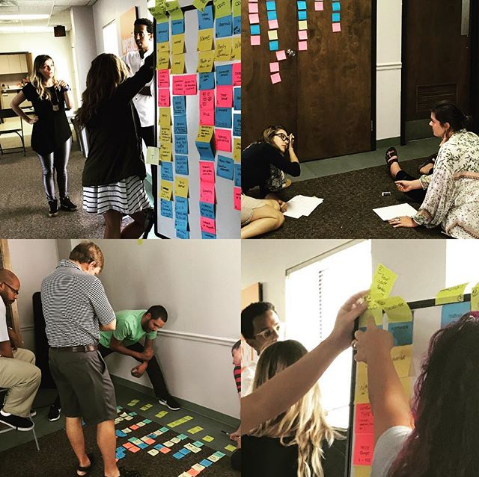
“I also teach prototyping (OOUX-style, of course) in Axure, Sketch, and Webflow. So, in a three-day boot camp, a team can learn OOUX, object map their product, and build a prototype of that solution.”
What is your workflow during a project? What is the general timeline, right from when you kick-off, to picking your team members and progressing from there on till completion?
Sophia: “Ha! It depends. It always depends! But generally, after doing my research homework on the industry, the competitors, and the client’s business, we always kick off with at least one OOUX workshop. I train my clients on my process. Taking this time to get on the same page from the start saves countless hours later on. We define and structure objects together and prioritize actions on those objects.”
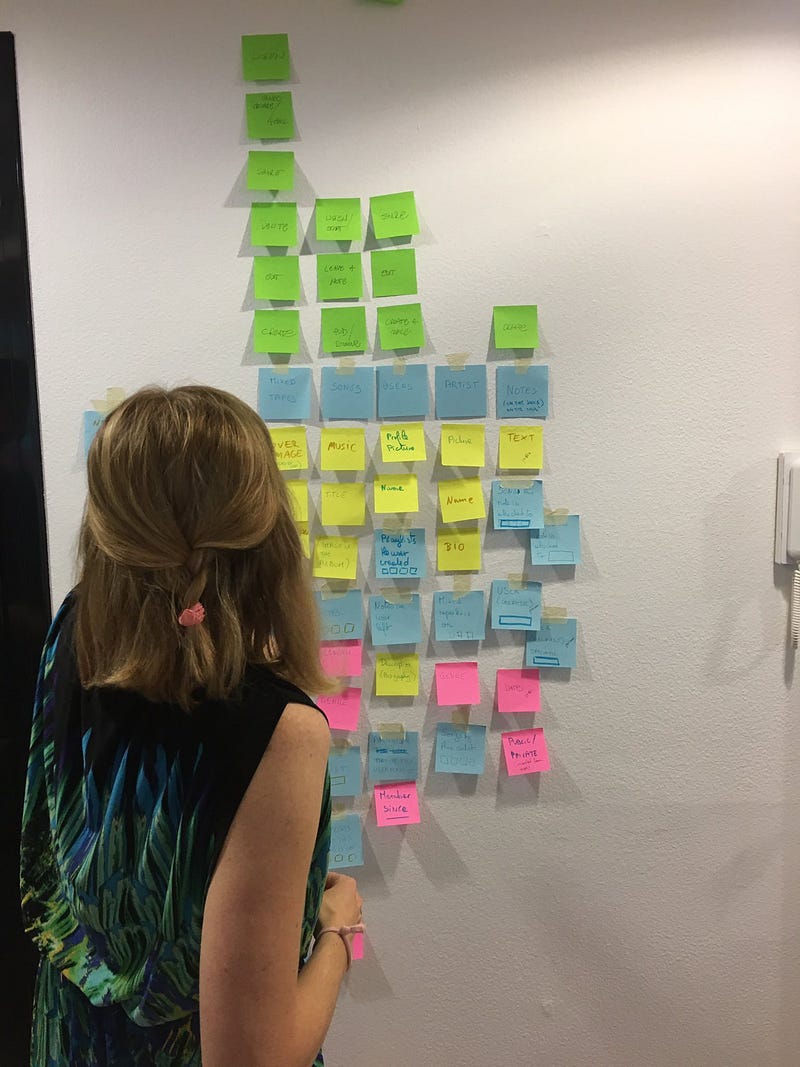
“After we settle on an object map, I’ll build a quick wireframe and map out some basic flows. We’ll test out this “object-only” prototype to validate that we have the foundational concept right, before doing any labor-intensive interaction design.
After we feel that the basic structure is sound, we’ll start building interactions and get into more branding and design if that is part of the project.”
When doing strategy consulting and design work for clients, what kind of deliverables do you provide?
Sophia: “Again, it always depends. But there will always be an object map, clickable wireframes, a module library, and often an HTML/CSS/CMS prototype with real content. There are usually some diagrams that illustrate potential screen flows, page hierarchies, conditional logic, and object lifecycles.”
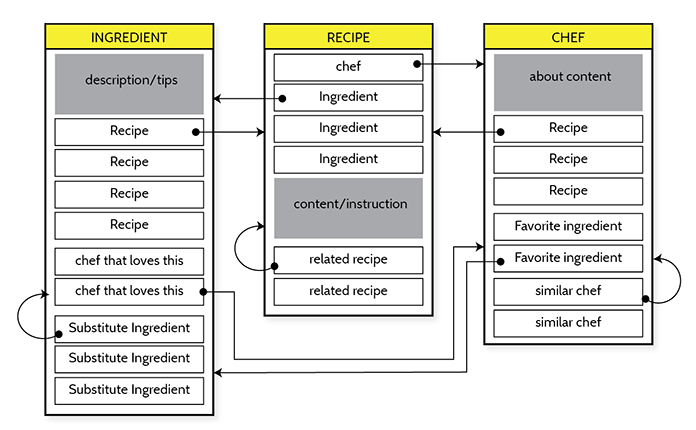
You have a flexible team at Rewired. How do you manage that? Are there certain collaborators you regularly work with?
Sophia: “I hate managing people. Also, I spend almost half of my time writing, speaking and running workshops. So, for these reasons, it just doesn’t make sense for me to maintain a full-time team. I have a few designers, researchers, and copywriters that I work with regularly, bringing them onto larger projects that need more brains.
Even though I don’t enjoy managing (or even being around people on a daily basis), I love mentoring and collaborating. I often have an intern or two working with me and I have a strong social network of other designers that I simply bounce ideas around with. It works for me.”
Are all the professionals, that you work with, located in Atlanta, or do you work remotely with people as well?
Sophia: “Most of the people that I bring into my project teams are in Atlanta. But we will often only meet face-to-face once a week or so. I find 10% face-to-face time is enough to knock out the truly collaborative and complex work. As for clients, I work with teams all over the world! Lots of the work that I do is running workshops and boot camps for companies on Object-Oriented UX.”
How do you collaborate with your team members during a project?
Sophia: “Nothing fancy! Calls, video chat and screen sharing, email, texting, and we use Wunderlist for task management. We are bracing ourselves for Microsoft to sunset Wunderlist. Microsoft kills everything I love (RIP, Sunrise Calendar.)”
How do you collaborate with clients for reviews and feedback?
Sophia: “Again, nothing fancy. Lots of screen-sharing! We also use Google docs a ton. I will sometimes paste a long email into a Google Doc, comment it out, and then share back the Google doc, moving the conversation out of the email timewarp.
I also send over lots of videos. I’ll record my screen, as I click through the prototype and talk through progress and open questions. Then I send the video over for feedback. They are like long, visual voicemails! Clients love this because it avoids the need for a meeting; everyone can watch the video on their own time. And, it creates a sort of documentation of progress.”
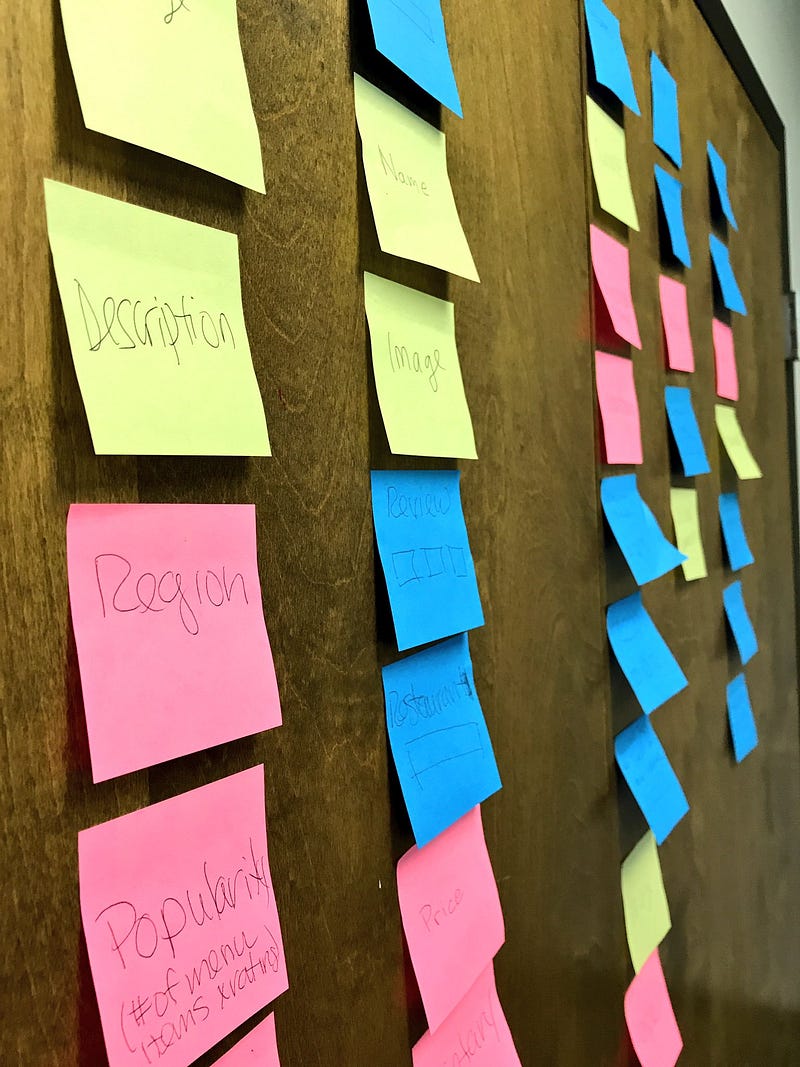
When building prototypes, do you go for hi-fi mocks in each case or does that vary from project to project?
Sophia: “It really does depend on the needs of the client. I am all for providing the “minimal effective dose” of consulting! Often, just the object map (in ultra-low-fi sticky notes) is all my client’s needs. Other times, we’ll spend weeks doing high-fidelity designs and micro-interactions.”
What tools do you use for your design and usability testing processes?
Sophia: “For prototyping, I use Axure, Sketch/Invision, and Webflow. For usability testing, I record with Camtasia.”
Any interesting projects or challenges that you’d like to share with our readers?
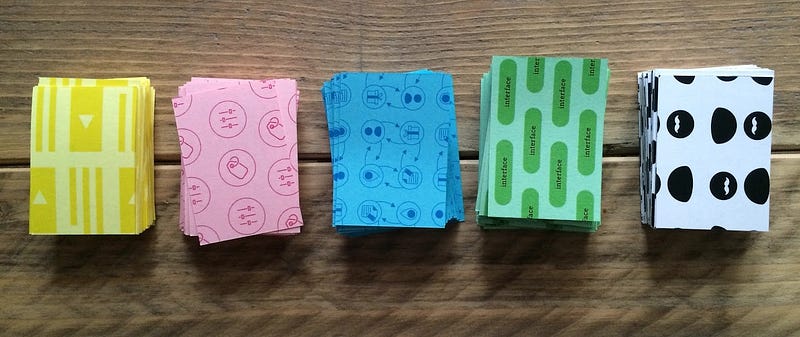
Sophia: “Always! I am currently working on OOUX the Game! It’s a card game that teaches OOUX principles. It’s gloriously geeky and super fun. I’ve been iterating on the game mechanics for about a year and have playtested with dozens of designers. I am now working on making the directions understandable — which is almost as challenging as designing the game itself! Hopefully, the deck will go on sale in the next few months.”
To know more about OOUX and Sophia, you can follow her on Twitter.
zipBoard is glad to be able to feature Sophia’s story on our blog. You can read more such interviews with product designers, UX designers, product studios, etc. here.
Request Demo
Request a personalized demo of zipBoard to solve collaboration problems for teams of all sizes and bridge the communication between not just designers and developers, but also managers, QA testers, and clients
Get DemoRelated Post
Recent Posts
- Best Practices for Efficient Document Reviews and Collaboration December 18, 2025
- MEP Document Management: How to Streamline Reviews & Avoid Rework October 3, 2025
- What Is Online Proofing Software? And Why Content Review Breaks Without It July 11, 2025
- How Laerdal Medical Cut eLearning Review Time by 50% with zipBoard’s Visual Review Tool July 9, 2025
- Why Your Team Needs a Content Feedback System (Not Just Comments in Docs) May 28, 2025
©️ Copyright 2025 zipBoard Tech. All rights reserved.
